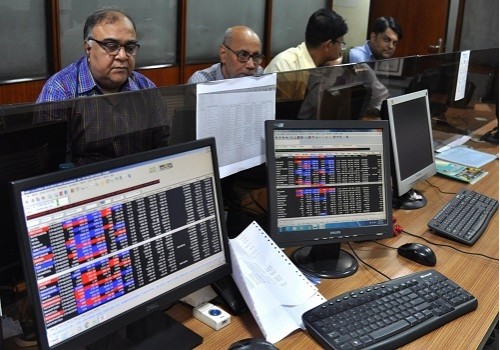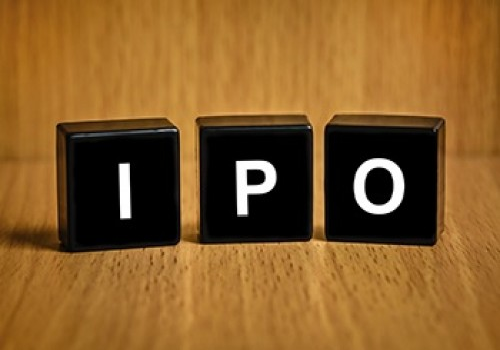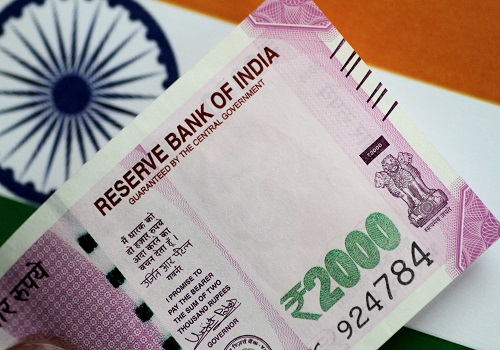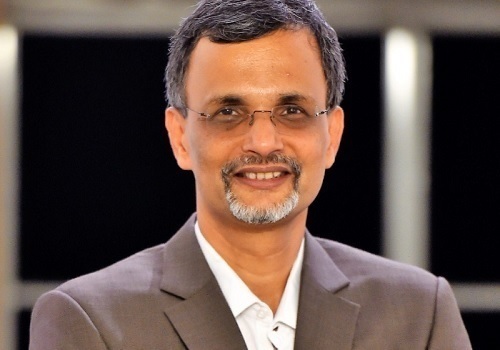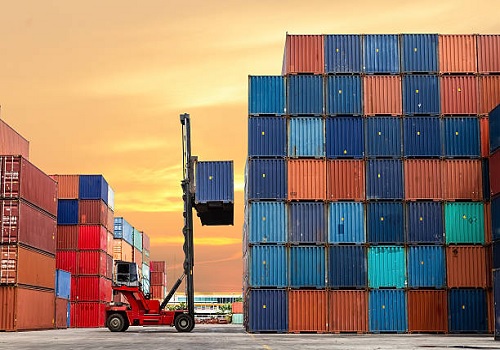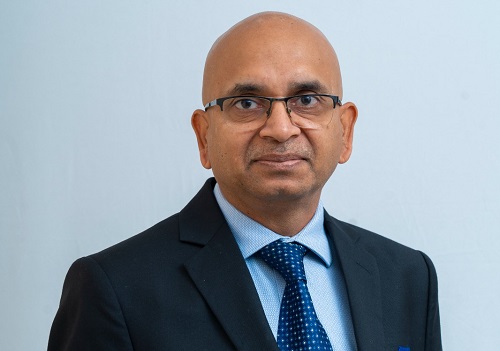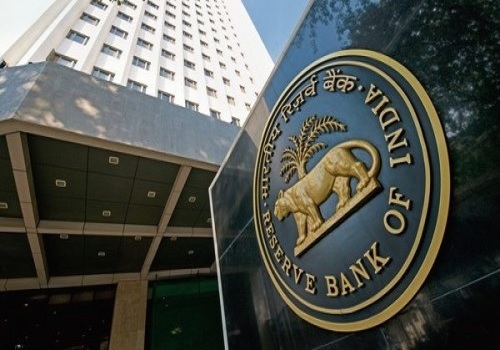Is RBI really `behind` the curve? - Motilal Oswal Financial
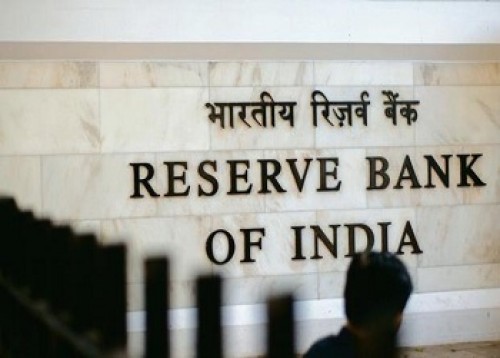
Follow us Now on Telegram ! Get daily 10 - 12 important updates on Business, Finance and Investment. Join our Telegram Channel
https://t.me/InvestmentGuruIndiacom
Download Telegram App before Joining the Channel
A comparison with its Asian counterparts doesn’t suggest so
* In contrast to the general perception, we believe the Reserve Bank of India (RBI) has been unduly aggressive in its monetary policy normalization. As India’s economic fundamentals are very different from that of the US and other major nations that have hiked interest rates sharply, a gradual approach would have been more suited.
* Although there is some agreement with this reasoning, many market participants defends the RBI’s actions in the context of financial markets. Without such sharp rate hikes, the argument goes, the spread between India and the US bond yields would have narrowed further, leading to faster outflows from India, creating further depreciation in the Indian rupee (INR).
* A comparison of India with other major Asian emerging market economies (EMEs) confirms that RBI is the most aggressive and many of its counterparts are yet to begin their rate hiking cycle (although economic fundamentals are similar in many EMEs). Notwithstanding the divergent rate actions, the movements in bond yields and local currencies are not significantly different in these EMEs in 1HCY22.
* This analysis, thus, makes us wonder if the ongoing aggressive rate hikes in India have actually helped the economy or stabilized the financial markets more. If not, it is possible that while domestic financial markets will follow the movements in global markets, quick rate hikes may hurt the already feeble growth in the near future.
* In any case, we argue that RBI is not behind the curve. Instead, a comparison with other Asian EMEs suggests that it may be running ahead of the curve. We continue to believe that the terminal repo rate should be ~5.5% in this rate hike episode (from 4.9% at present). We also recommend that RBI raise the repo rate by 25bp in its next monetary policy.
Dr. Mridul Saggar, the retired Executive Director of the RBI and who was a part of the Monetary Policy Committee (MPC) up to Apr’22, stated in a recent interview: “In hindsight, it can be argued that maybe we should have started normalising the corridor in December 2021, changed the stance in February and started hiking in April”. Dr. Saggar is not alone. There is almost unanimity among participants that the RBI was late in normalizing its monetary policy. This delay is believed to explain the aggressive rate hikes implemented by the RBI in the past three months.
The question, asked in the title of the article, thus, may come as a surprise to many readers. However, a comparison of major EMEs confirms a remarkable similarity in their financial market movements during the past six months, notwithstanding the very divergent monetary policy actions by their respective central banks. Moreover, the economic fundamentals of some of these EMEs are similar to that of India (IN), raising questions over the divergence in monetary policies. Is this the case of IN leading or others lagging? Both will have serious consequences.
RBI: The fast and the furious
A comparison of 10 EMEs (that together account for 70% of all EMEs) reveals that the cumulative hikes of 130bp in the effective policy rate (i.e. the standing deposit facility rate and the repo rate hike of 90bp) by the RBI in the past three months are among the highest and the fastest (refer Exhibit 1). Some major Asian EMEs such as Indonesia (ID), and Thailand (TH) have either not yet begun raising rates, while few such as Malaysia (MY) and the Philippines (PH) lifted it by 25-50bp. China (CN), on the other hand, reduced its policy rate by 10bp in Jan’22. South Korea (SKr)/South Africa (SAf) implemented their first rate hike in Aug’21/Nov’21, but the cumulative rate hikes till now have been 125bp each – lower than that in IN. Not only have major Latin American EMEs – Brazil (BR)/Mexico (MX) – been more aggressive (hiked by 400bp/200bp in 1HCY22), they have also started their rate hikes much earlier in Mar’21/Jun’21.
To Read Complete Report & Disclaimer Click Here
For More Motilal Oswal Securities Ltd Disclaimer http://www.motilaloswal.com/MOSLdisclaimer/disclaimer.html SEBI Registration number is INH000000412
Above views are of the author and not of the website kindly read disclaimer
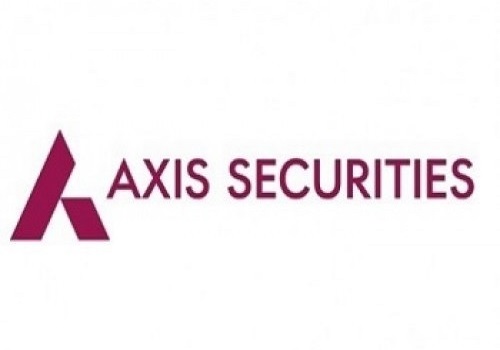

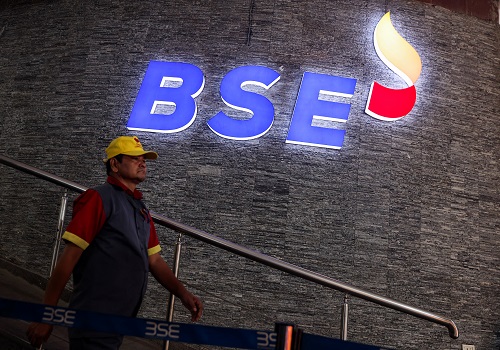



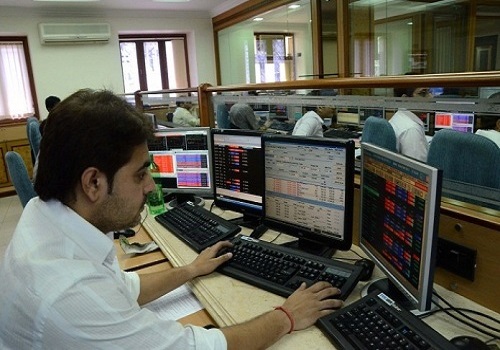


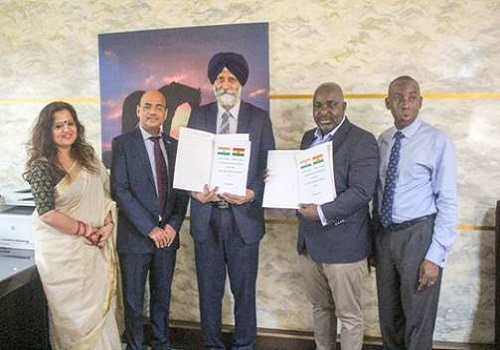
Tag News

We anticipate immense potential benefits from the upcoming Sovereign Gold Bond Tranche in FY...

